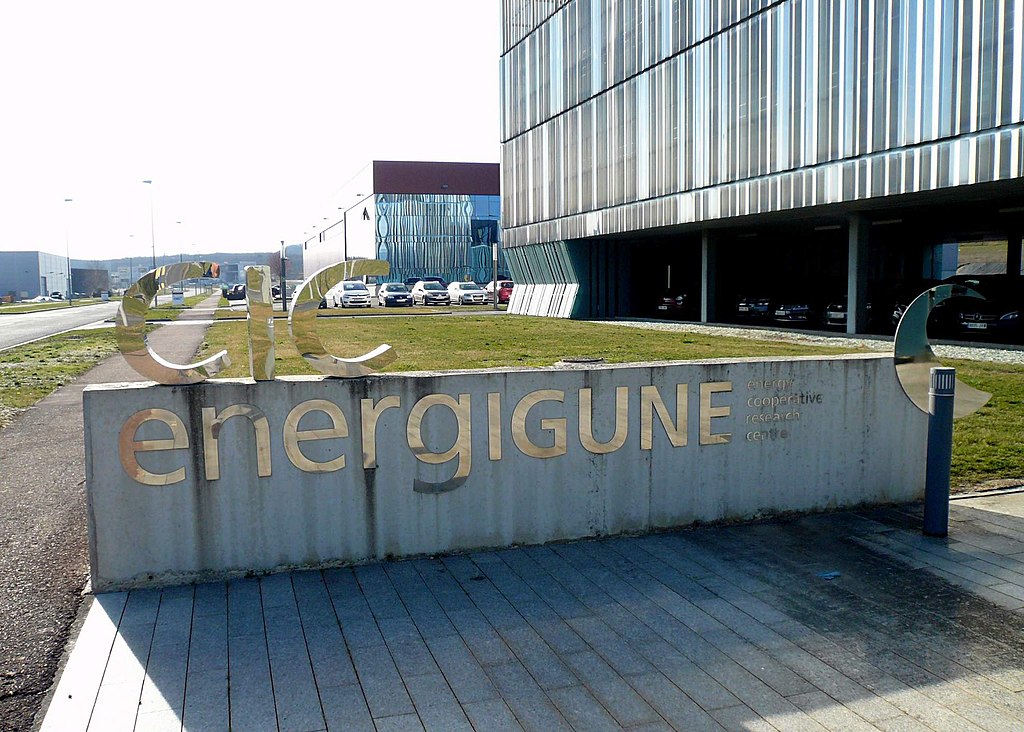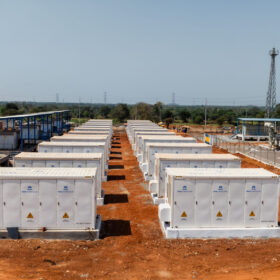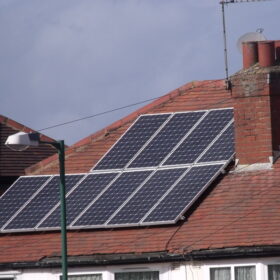From pv magazine International
Scientists at the Basque Country CIC energiGUNE research institute have developed a new battery design they say combines high energy density with the sort of fast discharge times usually seen in supercapacitors. The device could be used in high-power systems able to contribute to solving many of the remaining problems facing energy storage, both in electricity grids and vehicles.
The innovation is described in the paper An ultrafast battery performing as a supercapacitor: Electrode tuning for high power performance, published in Electrochimica Acta. The group worked with a battery based on hard carbon and nickel-manganese-cobalt (NMC) electrodes, and a lithium hexafluorophosphate electrolyte.
The Álava-based researchers found the hard carbon – produced by crushing and burning olive pits – had a much less uniform particle size than the NMC and used a ball milling process to reduce particle size to 1-10 microns. That process enabled fabrication of an electrode with reduced mass loading.
Pseudo-supercapacitor
At an operating voltage of 2.9-3.75 V, the battery was shown to be capable of energy density of 212 watt-hours per cubic centimeter (Wh/cm-3) at a power density of 1,000 W/ cm-3 respective to active mass, with a 10-minute discharge time. The system also achieved 87 Wh/cm-3 at 6,000 W/cm-3, with a discharge time of 32 seconds. Stability testing at a current density of 1 amp per gram and discharge time of 32 seconds showed better than 90% capacity reduction after 30,000 cycles.
The CIC group noted the performance lags that of lithium-ion and electric double-layer capacitors, which can achieve discharge times of down to one second, but theorized the technology could be of interest in applications where discharge times of around a minute are required. The researchers also said their ultrafast battery achieved more than three times the volumetric energy of a benchmark lithium-ion capacitor.
Seeking to explain the battery’s supercapacitor-like behavior, the group theorized “within the engineered electrodes, li [lithium] ions can only interact with the first atomic layers of NMC and HC [hard carbon] particles, permitting an extremely fast pseudo-faradaic-type reaction.”
This content is protected by copyright and may not be reused. If you want to cooperate with us and would like to reuse some of our content, please contact: editors@pv-magazine.com.









A lot of hype. You can make most any cell put out huge amounts of power by large collector grids. Cell makers don’t like it as makes the cell/wthr, heavier. For the life, power benefits it is well worth it.
That it is rated over 10 minutes shows it is nothing like a SC which is second/s.
Not that my Volt EV modules can’t trounce a SC of the same weight, cost.SCs are other than in some power supplies are 30x the weight, space, cost of li-ions, LiFe , others presently available .
And been used for yrs in hybrids.
I like high c rate cells because they are having far longer lives as 6-8 yr data comes in. Leaf, a low c3 vs tesla c6, now c8 and the Volt/LG at c16.
Guess which ones are lasting longer? Hint, not the Leaf.
Also the first Powerwall failed because they tried to use a low c, high capacity cell but it died rather fast is why it disappeared for a good while.
I refuse to buy any cells, batteries that are not c6 or more for myself or customers
And not just in lithium but across the board cells with lower resistance, higher output, live much longer.
I’ve seen it in lead, flooded NiCad, NiMH too over 40 yrs installing, replacing them in offgrid and EVs.